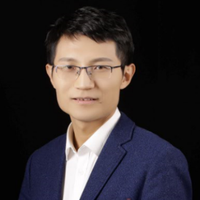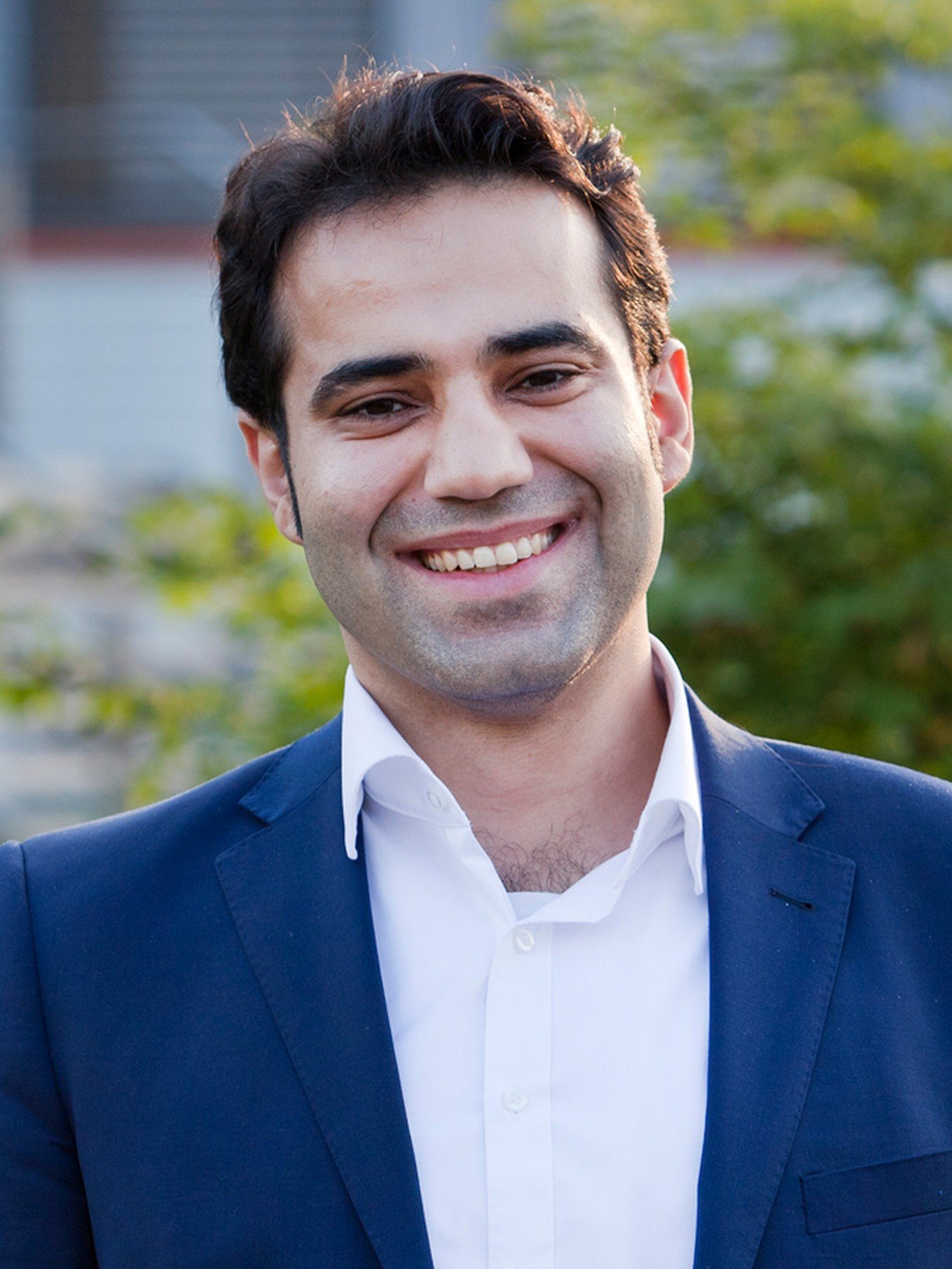Energy & sustainability
Michael Saliba
Finding ways to make promising perovskite-based solar cells practical.

Europe
Enass Abo-Hamed
Her solution allows energy from renewable sources to be stored and released on demand at a lower cost

Latin America
Ariana Salazar
Passively analyzes inhabitant activity to enable urban planning which is responsive to their needs.

China
Huanping Zhou
Setting the record of the promising perovskite solar cell

China
Chengmeng Chen
With a 96% decrease in the cost of graphene, he has taken graphene out of laboratories and into businesses
